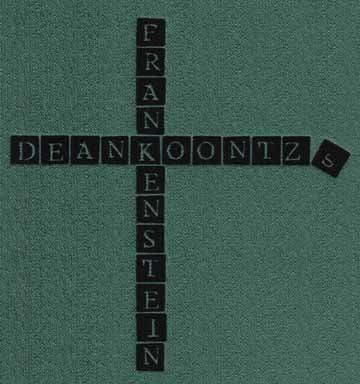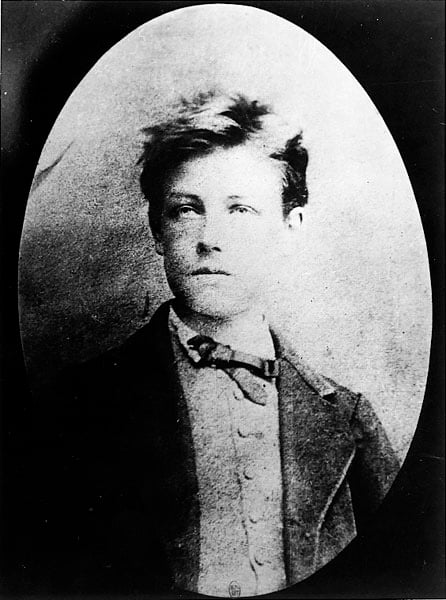While the Hans Christian Andersen Medal is often touted as the Nobel Prize of children’s literature, the $600,000 Astrid Lindgren Memorial Award is the actual title holder for the richest prize in children’s lit—and with a list of honorees that includes Maurice Sendak and Philip Pullman, it may one day grow to match the earlier prize in prestige. After all, the award—which is given “by the Swedish people to the world” to one or more international authors, illustrators, oral storytellers, or organizations each year—resembles the Nobel in its lofty aims of promoting literary idealism in its mission to promote children’s access to high quality culture.
us toll free: 1-800-948-5563 international: +1 (843) 849-0283 UK: +44 (0) 1334 260018


















